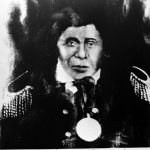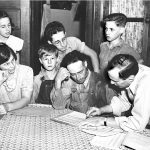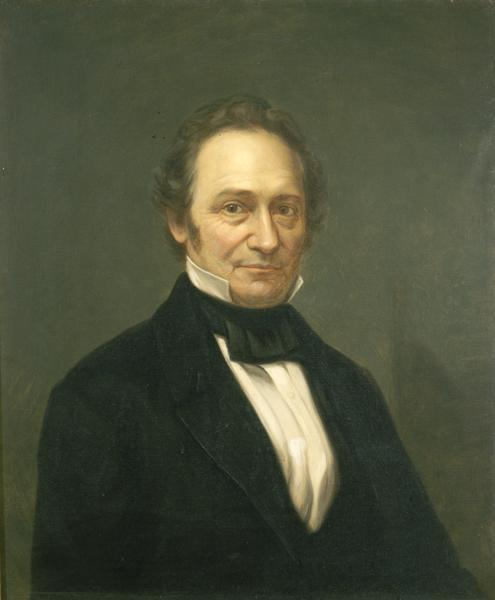
As settlers continued moving westward during the nineteenth century, the United States was a mix of states and large territories. From 1805-1837, Wisconsin was part of the Michigan territory. James Duane Doty spearheaded the movement to create partitions in the Michigan territory, fragmenting it into Illinois, Iowa, Minnesota, and Wisconsin. By dividing the territory into states, he ensured that white settlers would be privy to more representation in the federal government, as well as greater protections from Native American tribes of the region.[1]
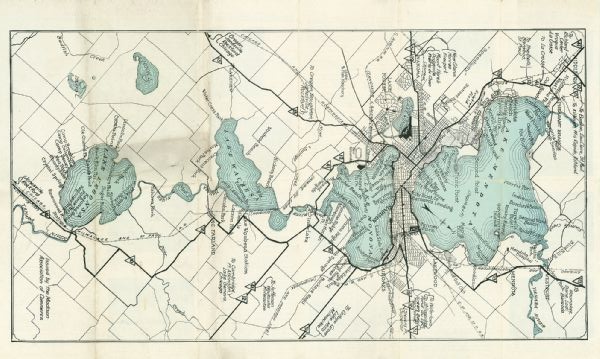
Born in New York in 1799, Doty began practicing law under the Michigan attorney general as early as 1818. In 1823, Doty was appointed as a federal judge to the new judicial territory of the northern and western Michigan territory, which would be Wisconsin and Michigan’s upper peninsula today. After relocating to the area, Doty began to notice that the region’s white settler population lacked representation at a federal level. Specifically, their votes needed to travel several days to Detroit to be counted. It was clear that residents of Michigan’s lower peninsula did not care about things west of Lake Michigan, causing Doty to notice the neglect of western Michigan territory voters. Doty spent the next decade advocating to divide the Michigan territory.[2] From 1833 – 1835, Doty served on the Michigan Territorial Council, where his constant advocacy eventually resulted in the creation of a partition in the Michigan territory by congress in 1836.[3]
After leaving office, Doty turned to land development in the new state of Wisconsin, buying thousands of acres of land. At the same time, he began laying the groundwork for what would become Wisconsin’s capital, Madison. Doty lobbied the new territorial legislature to select his proposed city of Madison as the capital of Wisconsin, which he achieved by November of 1836 when Madison was declared the permanent capital.[4]
In the 1838 election, Doty became the congressional delegate for the Wisconsin territory and was eventually appointed to Wisconsin territorial governor in 1841. Doty’s time as the territorial governor proved frustrating, however, as his political opponents in the territorial legislature constantly foiled his efforts to push forward legislation, including four failed attempts to establish Wisconsin as an official state.[5] His role as territorial governor ended in 1844. Doty made a political comeback in 1846, filling an instrumental role in the controversial first draft of the Wisconsin state constitution. He acted as opposition leader of the Whig party against the majority Democrats.[6] When they completed the second draft in 1847, Wisconsin became eligible for statehood, which it achieved in 1848.[7] After this, Doty served in the US House of Representatives as a member of the 31st and 32nd congresses from 1849-1853.
Doty retired from Wisconsin politics in 1853 to his home on what is today known as Doty Island between Neenah and Menasha, Wisconsin.[8]
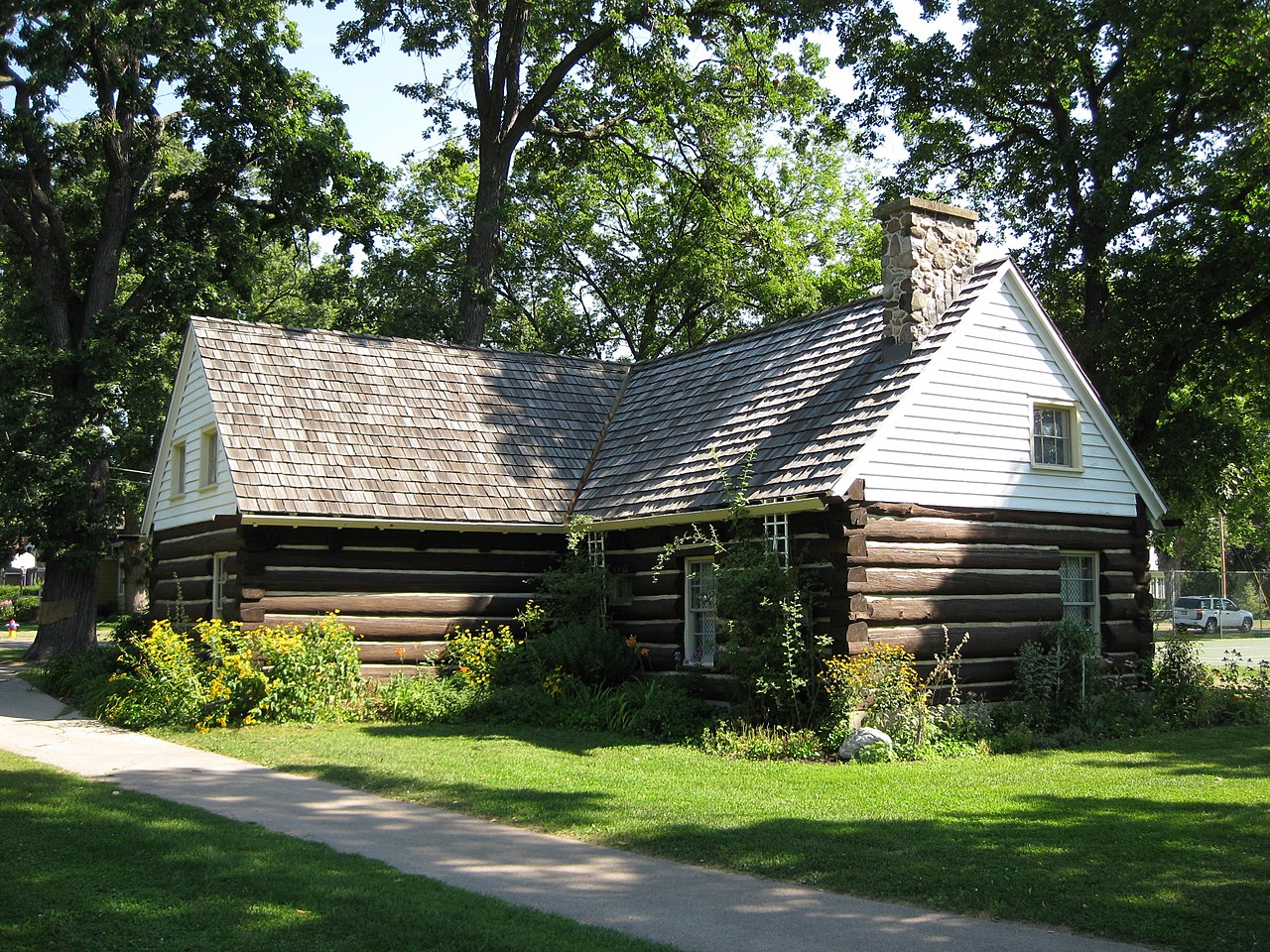
Written by Trase Tracanna, November 2020.
FOOTNOTES
[1] O. S. Van Auken, “James Duane Doty,” La Crosse Tribune, December 13, 1925, pp. 2-4.
[2] ibid.
[3] “Doty, James Duane, 1799-1865,” Wisconsin Historical Society, August 3, 2012, https://www.wisconsinhistory.org/Records/Article/CS510.
[4] “The Creation of Wisconsin Territory,” Wisconsin Historical Society, August 3, 2012, https://www.wisconsinhistory.org/Records/Article/CS394.
[5] “Doty, James Duane, 1799-1865,” Wisconsin Historical Society, August 3, 2012, https://www.wisconsinhistory.org/Records/Article/CS510.
[6] Joseph A. Ranney, “Wisbar.org,” Wisbar.org (State Bar of Wisconsin, September 6, 2006), http://www.wisbar.org/AM/Template.cfm?Section=Wisconsin_s_legal_history&TEMPLATE=%2FCM%2FContentDisplay.cfm&CONTENTID=35839.
[7] “The State Constitutions of 1846 and 1848,” The State Constitutions of 1846 and 1848 |Turning Points in Wisconsin History | Wisconsin Historical Society, accessed December 5, 2020, https://www.wisconsinhistory.org/turningpoints/tp-015/?action=more_essay.
[8] Henry Noll, “Cabin Recalls Doty History,” Wisconsin State Journal, June 25, 1923, p. 32.

